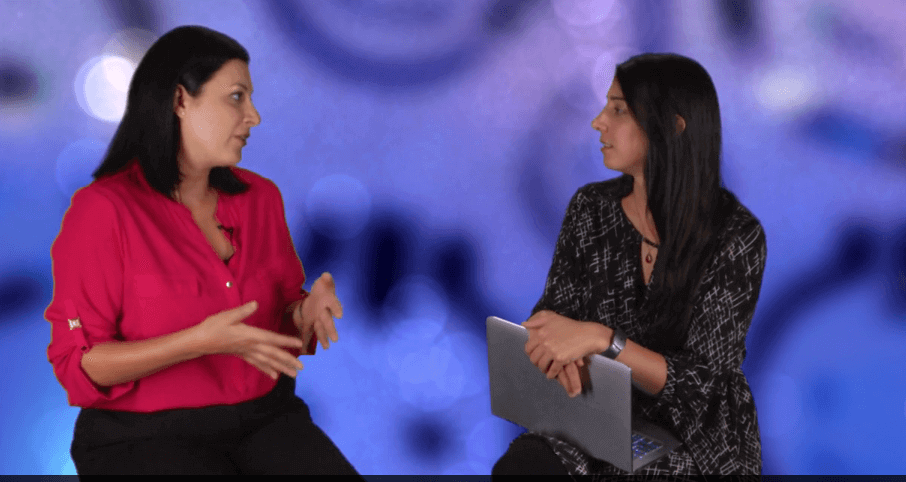No Girls @ the Drawing Board Part I
Women in tech or the lack thereof, is an issue that extends far beyond the reach of the people who work in the tech field. Technology has become such a huge part of our daily life that the influence of its designers bleeds over into the norms of our society. The discouragingly small amount of women designing software and apps isn’t just a bummer, it’s an indication of the value placed on women’s issues and women’s needs.
When Apple first unveiled their Health application, we were amazed at how much it could tell us about our vital signs. It allowed us to track calories, weight, steps, heart rate, respiratory rates and even more serious items like BAC and electrodermal activity. It was convenient, it was beautiful, and it was missing one BIG thing: a period tracker. Apple Health could tell us virtually everything we needed to know about ourselves – unless we happen to be women, in which case one of the fundamental parts of feminine health was conspicuously left out. In June of 2014, in conjunction with the announcement of Apple Health, the Senior VP of Software Engineering at Apple, Craig Federighi, confidently announced that Health would let users “monitor all of [the] metrics you’re most interested in.” Periods must not have been very interesting to him.
FitBit, on the other hand, did remember to include a period-tracker. Unfortunately, it was similarly out-of-touch. The tracker only allowed users to track their periods for a limited time; attempts to track beyond that were met with the message, “Periods should be between one and ten days.” The options to respond were “okay” and “cancel.” This glaring design flaw is obvious to any woman who has suffered from irregular periods or endometriosis, amongst other reproductive health issues. It begs the question, how many women were involved with designing this feature? If FitBit is true to form for the current tech landscape, the answer is few to none. Today, only 29% of leadership at Apple is female, along with 28 percent at Facebook, and 25 percent at Google. The numbers are slightly higher if you analyze the breakdown of all employees, rather than just leadership, but Pinterest is the only tech company with significantly higher numbers (19 percent of leadership and 45 percent of total employees). This is largely because of a huge effort made by the company in the last year, spearheaded by Candace Morgan and her D&I team.
The lack of women in tech not only leads to products that don’t cater to women’s needs, but they also fall into disappointingly cliche stereotypes about “girliness,” strengthening gender stereotypes. For example, the layouts and color-schemes of some period apps tend to be skewed toward pinks and florals, reaffirming antiquated assumptions about those colors belonging to a specific gender. One of the most popular period-tracking apps, incidentally, is designed by a woman. It’s called Clue and its not pink.
So what do apps designed for women by women actually look like? Here are a few of my favorites:
Spitfire: Built by two female engineers (awesome) who are also competitive athletes (WOW), Spitfire is an app designed to help women take their strength training to the next level by giving them access to the regimens of other competitive athletes. One user, Tatenda M., summed up the app perfectly in her review posted on Spitfire’s website, “ It’s the only weightlifting app that is truly by women for women. It was designed, coded, researched, marketed by tech ladies who lift heavy things and kick ass at both.”
Clue: A period tracker for women, by women. Ida Tin, CEO and co-founder of Clue wanted to feel more in control of her body and its functions, and the app’s clean, no-frills design shows that. “I didn’t want it to be your secret diary… I wanted it to be a very straight, natural part of life”, she says. The app has over seven thousand beaming reviews and boasts a 4.7 star rating.
Canva: Designed by Australian Melanie Perkins, Canva is an editing and designing tool that you’ve probably seen in action before – on my #MotivationalMonday quotes! The app is incredibly user-friendly and, while it may not be designed specifically for women, it has helped me share lots of content with my social media circles. As a Women’s Leadership and Inclusion expert, being able to share my knowledge and experience in a beautiful way is extremely valuable to reaching my ultimate goal of encouraging and empowering all women.
Honorable mention goes to the team of girls who recently developed an incredible app in a Saudi Arabian hackathon. The hackathon was organized with the goal of producing apps that will help travelers who are participating in the Islamic Pilgrimage known as Hajj. The app allows users to instantly translate signage using the camera on their phone, without the need for an internet connection. The app alone is amazing and has the capacity to change travel as we know it, but in a country notorious for its exclusion of women from making public impacts, its creation is certainly a double victory. “We managed to destroy the impossible and prove that Saudi women can achieve anything,” said developer Bayan al-Ghamdi.
It makes all the sense in the world that apps made by women are better for women. Years of research and development went into creating so many of the applications we now use on a daily basis. Men and women can and should come together to work in tandem to produce amazing and innovative technology. But before that can ever happen, we need more women working in front of the drawing board.



